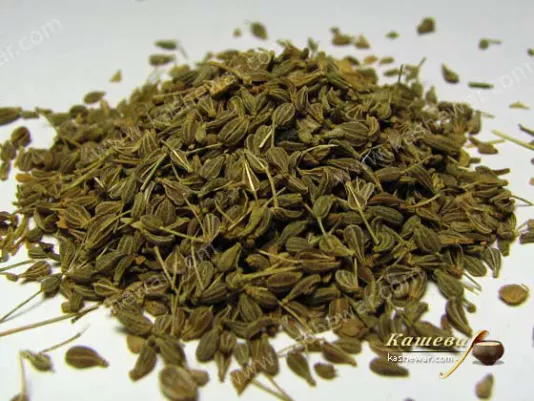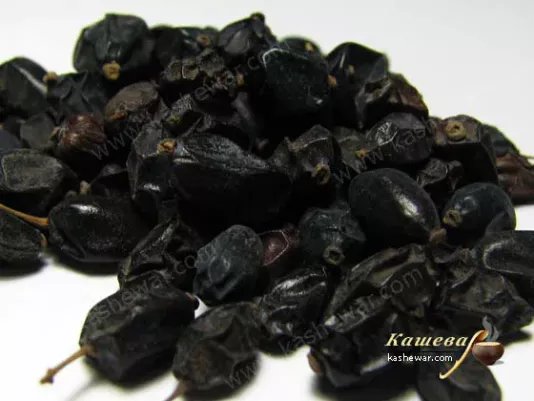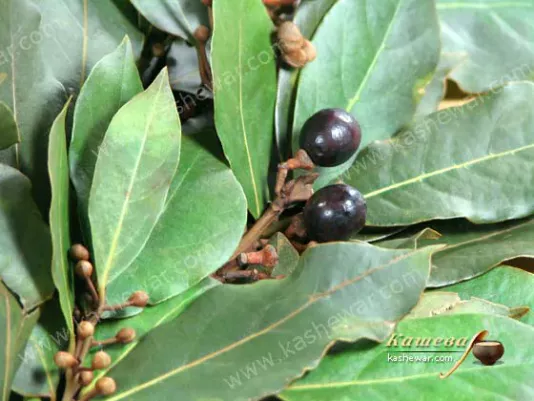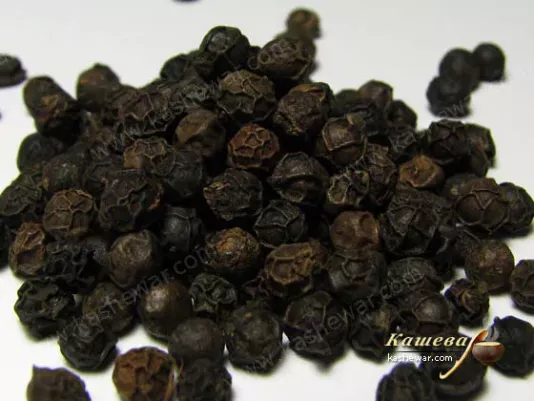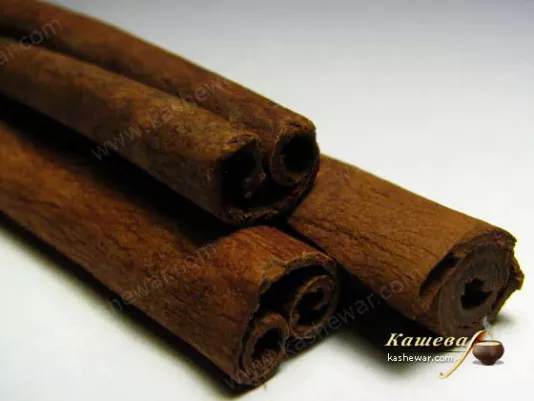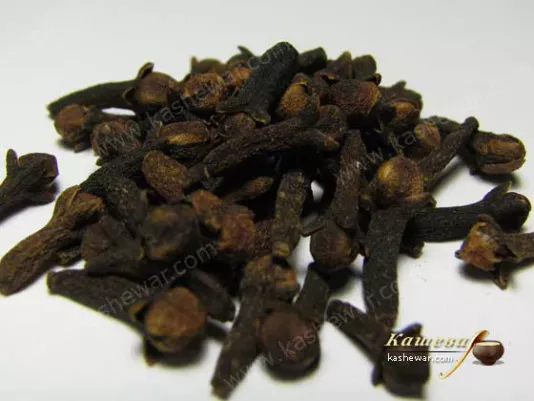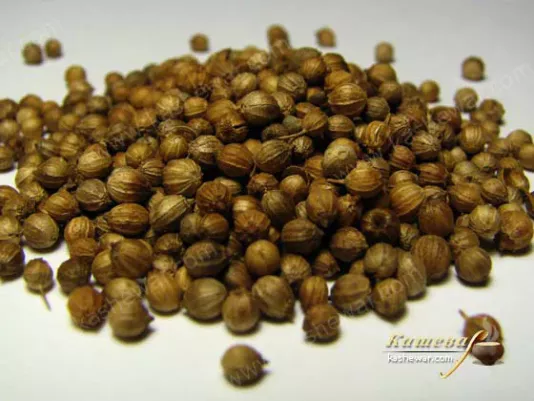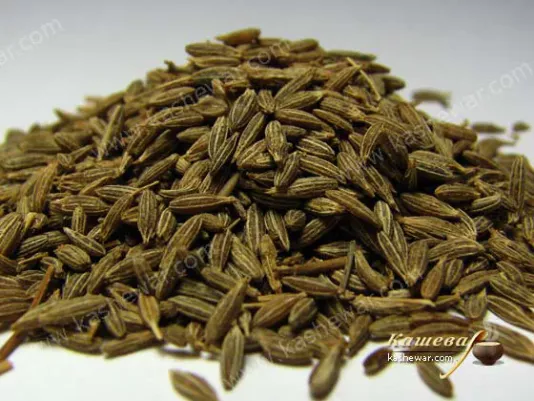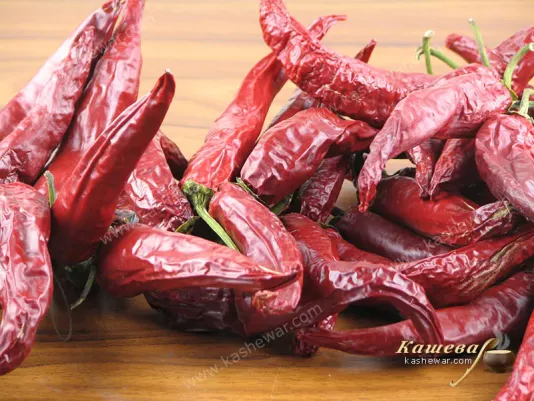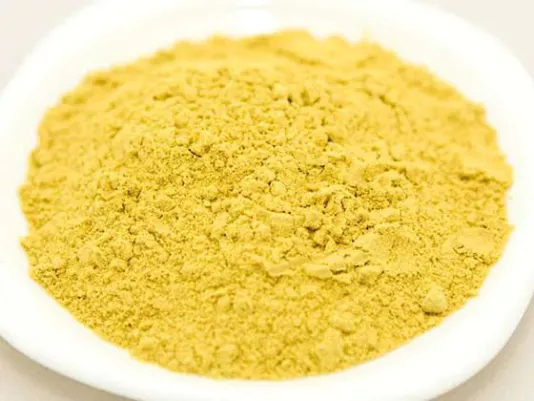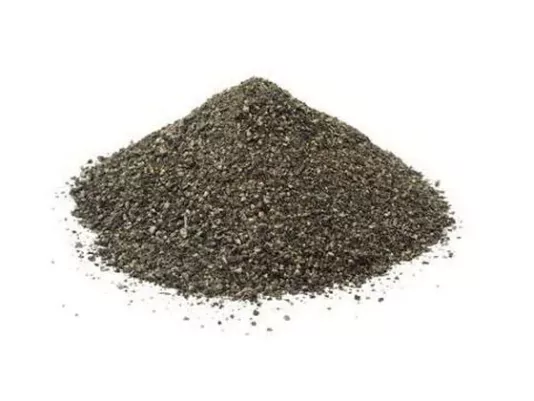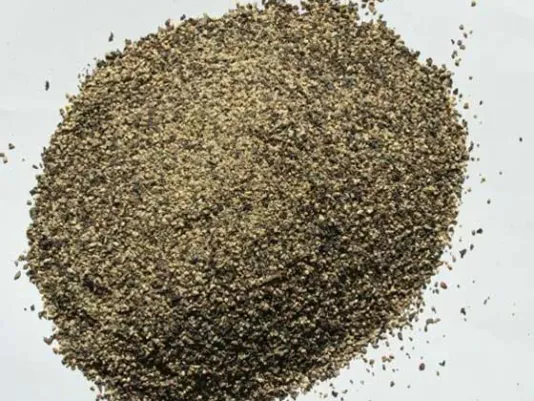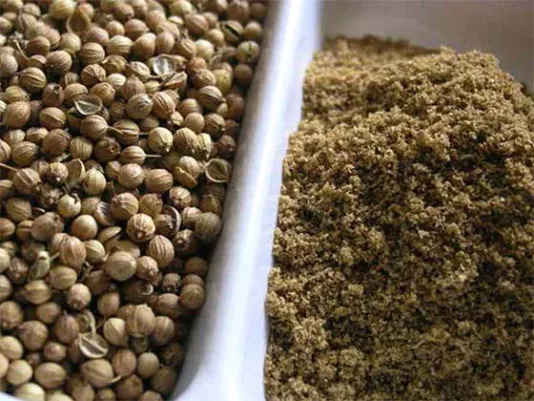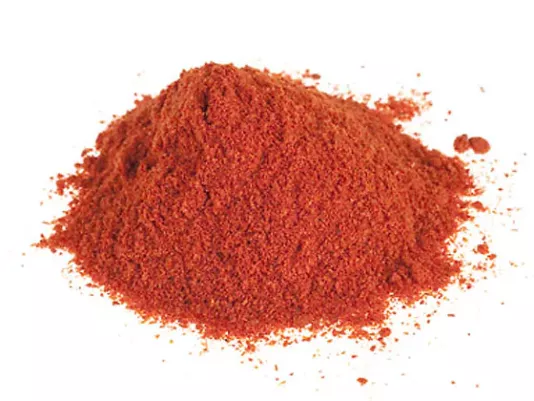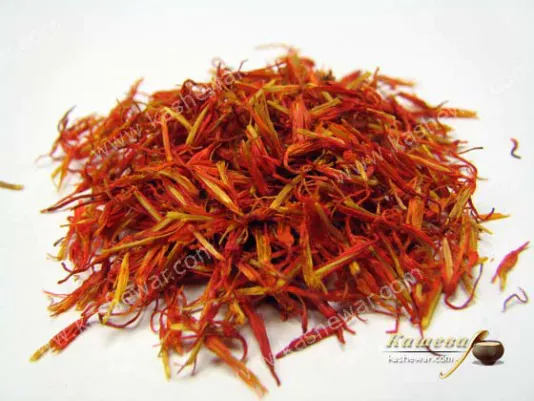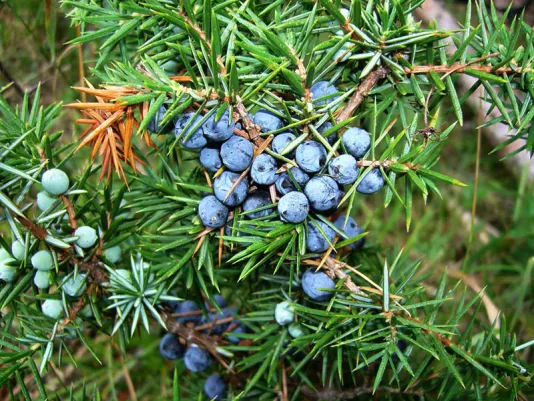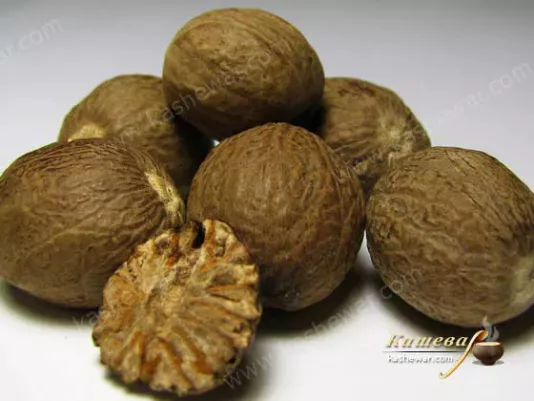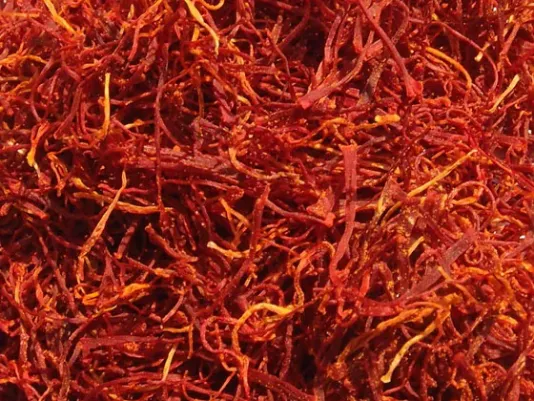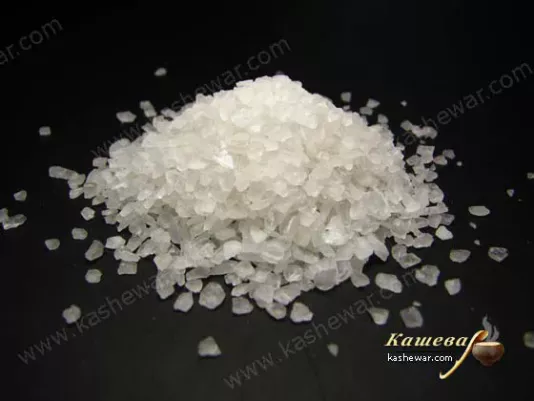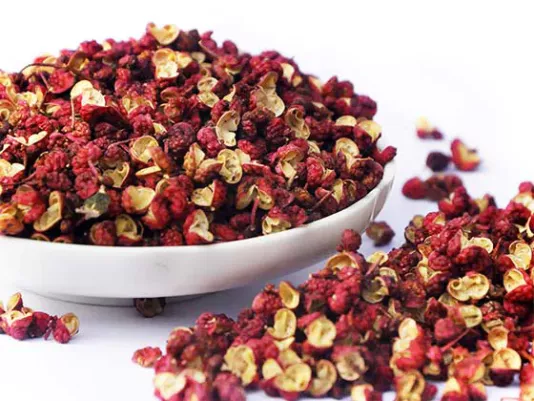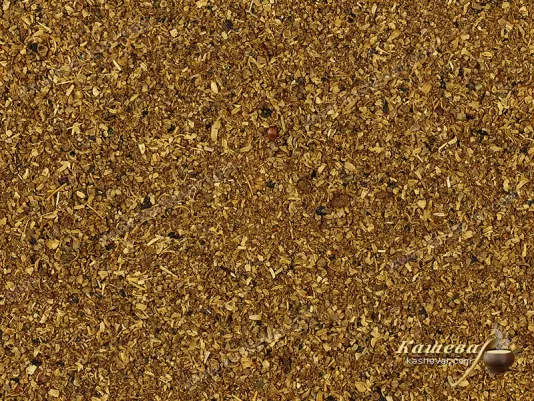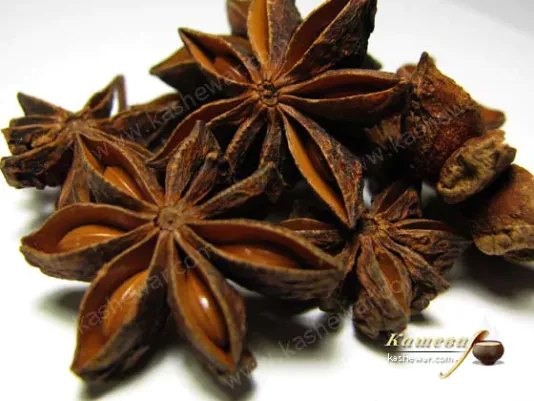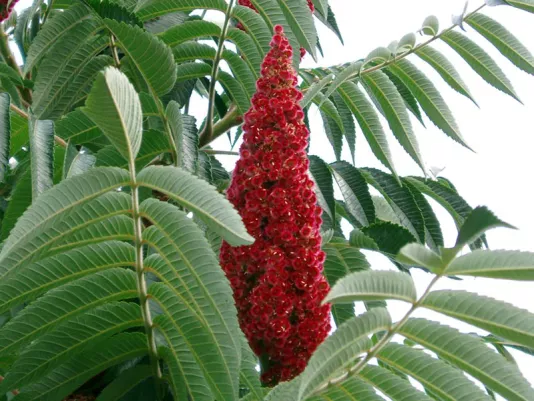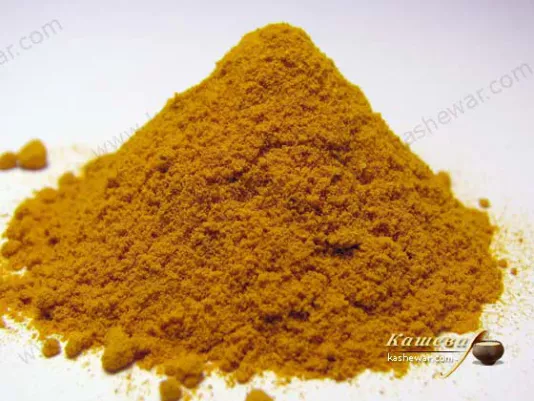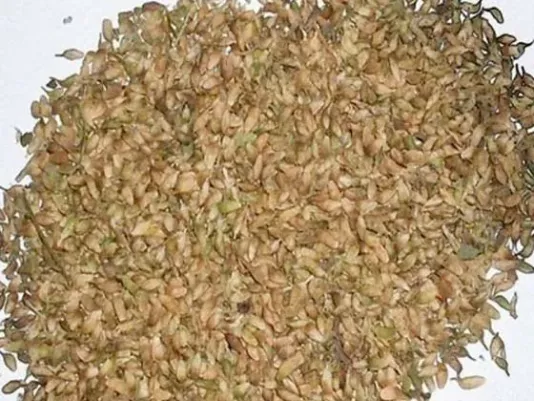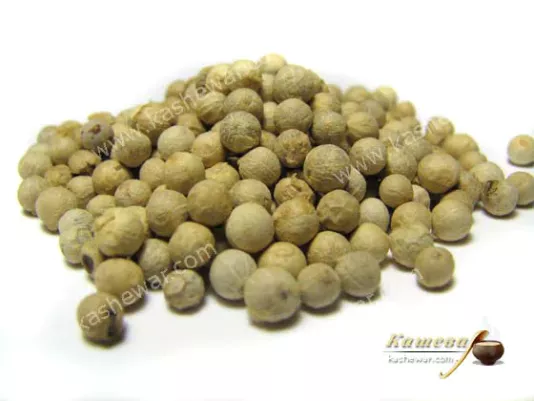Spices
Spices are the soul of any cuisine, and I feel it every time I open a jar of fragrant grains or powder. Over thirty years of my culinary experience, I have realized that no dish goes without spices – even the simplest potatoes become special with a pinch of paprika or rosemary. I always choose spices so that they emphasize the natural taste of products and create a balance between spicy, sweet, sour, and bitter. Using them, I feel not just like a hostess in the kitchen but a creator of small culinary masterpieces. Each spice has its own character: some give tenderness, others add piquancy, and others create a festive atmosphere. For me, it is important to know the origin of spices, their effect on the body, and storage features, as quality and freshness directly affect the final result. I always advise having at least a basic set on hand – black pepper, cinnamon, bay leaf, cumin, as they form the basis of most dishes, but it is no less exciting to discover new aromas that come from distant countries.
Different Types of Spices
Origin and Cultural Significance of Spices
When I take a small jar of aromatic mixture in my hands, I always think about the path this spice has taken before reaching my kitchen. For centuries, people went on long journeys precisely for spices, as they had not only culinary but also sacred value. In my cooking practice, I always emphasize that a spice is not just an additive, it is a reflection of the culture, climate, and traditions of an entire country. For example, turmeric, which I often add to vegetable soups, came to us from India, where it is valued not only for its color and aroma but also for its healing properties. Cardamom, which I use in desserts, has long been a symbol of prosperity in the Middle East. For me, it is important to understand that spices carry history. They were part of religious rituals, symbols of luxury, and even reasons for wars. I love telling my family at the table that black pepper, familiar to us, once cost more than gold. And when I use it in my recipes, I always remember that it is not just an ordinary ingredient but a real treasure that changed the course of history. In my kitchen, spices take a special place precisely because they can transport us to different corners of the world. By adding them to a dish, I feel like a traveler discovering new horizons. This experience helps me better feel the balance of flavors, as each spice carries a unique character, and by combining them, I create harmony that unites the traditions of different cultures on my plate.
Culinary Use of Spices in Everyday Dishes
I often say that not a single dish of mine goes without spices, as they can turn even the simplest set of products into something special. When I cook soup, I always add a bay leaf and a few black peppercorns to create depth of flavor. In meat dishes, I use rosemary and garlic combined with olive oil, and I always get an aroma that fills the whole house. I love experimenting with turmeric, adding it to rice – the dish then acquires not only a golden color but also a light spicy note. In everyday life, spices help me diversify the menu. For example, ordinary oatmeal becomes a dessert if you add cinnamon and nutmeg, and a simple vegetable salad turns into a real treat with a few pinches of thyme or basil. I also often use spices for marinades – cumin, paprika, mustard seeds always form the basis for delicious roasted chicken or grilled vegetables. For me, spices are like an artist’s palette: I can add warm or cool flavor shades, emphasize main notes, or create a completely new harmony. I have realized that true mastery of the hostess is revealed precisely in the daily use of spices. When I cook for my family, I always think about how spices will affect their mood and feelings. A little spiciness makes the dish more festive, while the warm aromas of cinnamon and vanilla always create a feeling of coziness. This is the philosophy of my cooking: spices are not just flavor, they are a tool for creating emotions, and I use it every day to bring joy and warmth to my loved ones.
Beneficial Properties and Health Effects of Spices
Over the years of my culinary practice, I have realized that spices not only make dishes tastier but also have a significant impact on health. For example, ginger, which I often add to tea or soups, helps support immunity and ease digestion. Turmeric is known for its anti-inflammatory properties, and I always use it together with black pepper so the body absorbs the beneficial substances better. Cinnamon helps control blood sugar levels, while cloves have antiseptic properties. I always advise using spices not only for taste but also for supporting health. When I cook meals for my family, I think about their effect on the body. By adding a little cardamom to tea, I can make the drink more aromatic and at the same time support the cardiovascular system. Garlic, which I use in sauces and meat dishes, helps strengthen immunity, while oregano or thyme contain natural antioxidants. In my experience, it is important to know moderation: spices can be powerful agents, so I always add them carefully to avoid overloading the taste and harming the body. I am sure that harmonious use of spices helps maintain health, improves digestion, and even lifts mood thanks to their aromas. For me, cooking is not only the art of taste but also a way to take care of myself and my loved ones. That is why spices take a special place in my home: they help me combine gastronomic pleasure with care for my family’s well-being.
Storage and Combination of Spices in Home Cooking
Over the years, I have learned that proper storage of spices is just as important as their use. I always keep spices in airtight glass jars so they do not lose their aroma and do not absorb moisture. I store them in a dark cupboard, away from the stove, as spices are very sensitive to heat and light. From personal experience, I realized that ground pepper or cinnamon quickly lose intensity, so I often buy whole spices and grind them right before cooking. This allows me to feel the fullness of flavor and preserve all beneficial properties. No less important is the art of combining spices. I always experiment and try to find harmony. For example, cumin perfectly emphasizes the taste of stewed cabbage, while coriander adds tenderness to chicken meat. Turmeric and black pepper create an ideal duo for soups and sauces, while cinnamon and cloves form a warm aromatic base for baking. I love combining sweet and spicy notes: cardamom with vanilla creates an unmatched bouquet for desserts, while rosemary with garlic – for meat. I always choose spice combinations depending on the atmosphere I want to create at the table. If I need a festive feeling, I use more warm and sweet spices, and if I want to add spiciness – I turn to paprika, chili pepper, or ginger. My rule is simple: better less but of higher quality, as too many spices can ruin the harmony of the dish. It is thanks to careful attention to storage and combination of spices that I am always confident my dishes will retain their uniqueness and bring real joy to my loved ones.
My Favorite Spices and Tips on Choosing
Over the years of my culinary practice, I have formed my own set of favorite spices that are always in my kitchen. Black peppercorns for me are true classics – no dish goes without them. Cinnamon has a special place in my heart: I add it to baked goods, porridge, and even coffee, creating a feeling of warmth and home comfort. Ginger and turmeric help me not only diversify the taste of dishes but also take care of my family’s health. I also always keep bay leaf, nutmeg, and cardamom on hand – they often become the main notes of my culinary experiments. When I choose spices, I always pay attention to their freshness and quality. I recommend buying spices in small quantities so they do not lose aroma. It is better to buy less but be sure that the product is natural and free of additives. Ground pepper or paprika I never store for years, as they quickly lose flavor. If possible, I prefer whole grains or pods and grind them right before cooking. This gives the dish brightness, and me – confidence that I am using the best. My main secret in choosing spices is simple: trust your sense of smell and taste. If a spice has a rich aroma and evokes pleasant associations, it will find its place in my kitchen. I always say that spices are the personality of every hostess. Some women prefer spicy and bright flavors, others – tender and sweet notes. I am sure that over time everyone finds their favorite spices, which become part of their family’s culinary history. And it is these little secrets that make our dishes unique.

